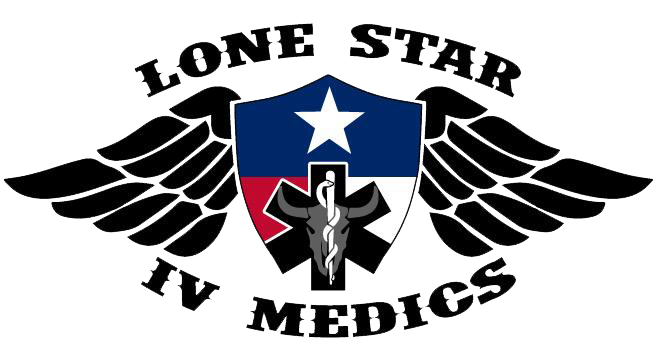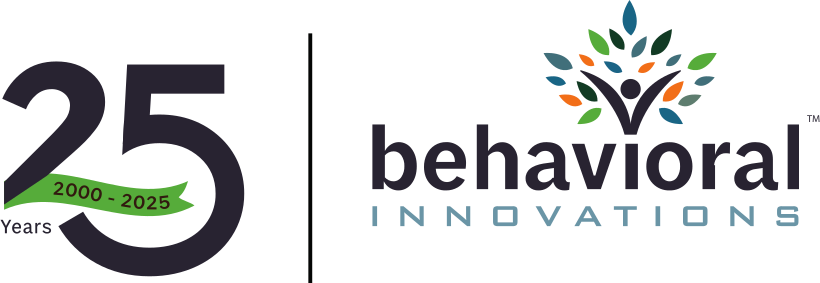
The U.S. spends more on healthcare administration than other countries, according to a JAMA study. In fact, the estimated cost of waste accounts for approximately 25% of total healthcare spending.
It’s an area where applying automation and generative AI correctly can make a significant difference, especially in the revenue cycle where two-thirds of healthcare organizations are already focusing their efforts. While there are many ways to apply automation and AI to revenue cycle processes, some approaches stand to deliver greater ROI than others: namely those centered on reducing repetitive manual tasks and dependence on labor.
The reality is that there are two unchanging macroeconomic challenges that will continue to wreak havoc on provider operations and margin: 1) costs — wages, supply chain or materials and drug costs — are going up and 2) insurance reimbursements are going down, and providers are far more dependent on patients being able to pay their portion of the bill. Within these trends, there is one primary way that financial leaders can impact change for the better, and that is creating greater capacity within revenue cycle teams and ensuring those teams are effective at their roles.
As healthcare leaders look for the low-hanging fruit for AI and automation investments in the revenue cycle, there are three things that should be considered to achieve maximum impact on labor effectiveness.
1. Lowering the total number of touches by leveraging human-generated data
Most provider organizations have no visibility into the number of human touches that it takes to get claims processed and whether those touches are “actionable” (driving the result of payment) or “wasted” (work that does not progress the claim towards payment). This is understandable due to the constraints of existing revenue cycle infrastructures, which are limited to analyzing common data housed in PM or EHR systems, such as information related to patient visits and claims status. The missing link is the ability to access human-generated data, which includes all the work in the system, every phone call, email, note, task, escalation, etc. Understanding all the touchpoints of staff members provides clarity as to why a claim is paid or not, the actions they are taking to adjudicate the claim and whether those actions were effective.
This lack of insight is a huge shortfall considering every single time a staff member touches a claim, it costs money. Without the ability to drill down further into claim touchpoints, provider organizations cannot measure productivity or overall performance, ultimately limiting opportunities to identify errors, conduct a root-cause analysis and improve processes. Imagine the potential for creating additional capacity for your team by simply improving workflows to reduce the waste. This is an area that is primed for automation and AI investment that has potential to deliver immediate ROI.
2. Addressing front-end financial clearance to improve zero-touch rates
Reducing the cost to collect hinges on a provider organization’s ability to reduce the number of human touches required to receive payment on any claim. In fact, the goal should be to achieve the highest zero-touch rate — a metric that represents claims that are processed and paid with no human intervention.
Applying automation to financial clearance processes, the pre-registration processes of collecting all necessary information and balances prior to a patient visit, provides the best opportunity for achieving higher zero-touch rates. Automation on the front-end should address:
- Insurance eligibility and benefits verification prior to every case
- Demographic verification
- Prior authorization
- Payment estimation and past-due balance checks
- Collection of estimated balances
- Specialty MD referrals
The right tools can verify staff are effectively armed with work drivers needed to ensure patients are aware and accountable for any balance owed (past, present or future) while ensuring accurate collection of insurance and patient information so claims flow smoothly and are reimbursed timely — preventing costly denials and avoidable write-offs.
3. Improving back-end claim processes with workflow automation and generative AI
There is no question that denial rates are on the rise. Health plan investments in AI and advanced technology are speeding identification of errors, and providers need tools to catch up and remove bottlenecks.
This is where workflow automation solutions can really shine by providing the guidance needed to ensure back-office billing and collections staff are not only productive, but also effective in their work. Technology creates worklists based on the claims and activities that have potential to produce the most ROI, rather than having staff focusing on claims that do not require action. In actuality, 80% of claims do not require human intervention daily.
Most important, workflow automation technology collects human generated data from every touch users make throughout the revenue cycle process. This information can be fed into a generative AI engine to pinpoint exactly where in the revenue cycle a problem. Better yet, generative AI will instantly provide leaders with prescriptive insights and recommendations for improvements without the need for further investigation. The value and insights provided by generative AI, along with the automation, are the best levers to improve margin for healthcare providers.
Making smart investments
There is a lot of noise in healthcare related to AI and automation. When it comes to making the best decisions for these tools, provider organizations should consider how technology can improve staff performance and create additional capacity for staff.
The healthcare revenue cycle will continue to require humans; the key is making sure those humans are in the right positions and doing quality work to be sustainable. Minimizing dependence on labor and creating greater capacity for effectiveness of existing teams will be critical to bottom-line success in the future.
Photo: Hollygraphic, Getty Images
Matt Seefeld joined MedEvolve in 2017, bringing with him more than 20 years of management consulting experience in the healthcare industry. As EVP and CCO, he is responsible for all go to market strategy and revenue functions at the company across the entire customer journey. Matt has extensive expertise in the assessment, design and implementation of process improvement programs and technology development for healthcare revenue cycle which he leveraged to transform revenue cycle for MedEvolve’s own business in addition to numerous clients and healthcare organizations of all sizes.
This post appears through the MedCity Influencers program. Anyone can publish their perspective on business and innovation in healthcare on MedCity News through MedCity Influencers. Click here to find out how.











